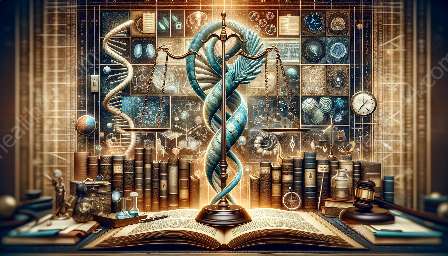The pituitary-brain axis is a complex network that involves the interconnection between the pituitary gland and the brain, playing a crucial role in maintaining overall homeostasis in the body. This topic cluster aims to delve into the intricate relationship between the pituitary gland and the brain while exploring the endocrine anatomy and overall anatomy involved in this axis.
Understanding the Pituitary-Brain Axis
The pituitary-brain axis, also known as the hypothalamic-pituitary-adrenal (HPA) axis, is a vital system in the body that regulates various physiological processes, including stress response, metabolism, growth, and reproduction. This axis comprises the hypothalamus, the pituitary gland, and the downstream target organs that respond to the hormones released by these structures.
The Pituitary Gland and its Connection to the Brain
The pituitary gland, often referred to as the 'master gland,' is a small, pea-sized structure located at the base of the brain, nestled within a bony structure called the sella turcica. It is divided into two main parts: the anterior pituitary (adenohypophysis) and the posterior pituitary (neurohypophysis), and each part plays a distinct role in hormone production and regulation.
The pituitary gland is intricately connected to the brain through the hypothalamus. The hypothalamus, a region of the brain located just above the pituitary gland, serves as the interface between the nervous system and the endocrine system. It produces various neurohormones that control the release of hormones from the pituitary gland, thereby exerting influence on critical bodily functions.
Endocrine Anatomy of the Pituitary-Brain Axis
Delving into the endocrine anatomy of the pituitary-brain axis unravels a web of hormone production, regulation, and feedback mechanisms. The anterior pituitary gland synthesizes and releases several essential hormones, including adrenocorticotropic hormone (ACTH), thyroid-stimulating hormone (TSH), luteinizing hormone (LH), follicle-stimulating hormone (FSH), growth hormone (GH), and prolactin. These hormones act on various target organs throughout the body, orchestrating a symphony of physiological responses.
On the other hand, the posterior pituitary gland stores and releases two crucial hormones: oxytocin and vasopressin (antidiuretic hormone). These hormones are synthesized in the hypothalamus and transported to the posterior pituitary for storage and subsequent release in response to specific stimuli.
Overall Anatomy in the Pituitary-Brain Axis
Beyond the endocrine anatomy, the overall anatomy in the pituitary-brain axis encompasses a multidimensional network of structures that contribute to its functionality. The intricate interplay between the hypothalamus, pituitary gland, and various target organs forms a coordinated system that integrates neural and endocrine signals to maintain bodily equilibrium.
In addition to the hypothalamus and pituitary gland, specific brain regions such as the limbic system, amygdala, and prefrontal cortex exert influence on the regulation of the HPA axis, particularly in response to stress and emotional stimuli. Moreover, the communication between the brain and peripheral organs, including the adrenal glands, thyroid gland, and gonads, completes the comprehensive framework of the pituitary-brain axis.
Conclusion
Exploring the intricacies of the pituitary-brain axis provides a profound understanding of how the brain and the endocrine system collaborate to orchestrate intricate physiological processes. This topic cluster aimed to shed light on the relationship between the pituitary gland and the brain, encompassing the endocrine anatomy and overall anatomy involved in this axis.



